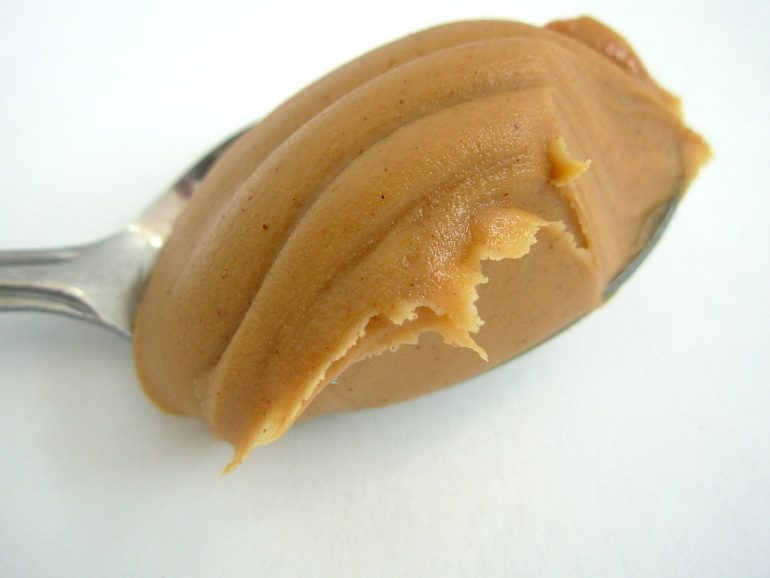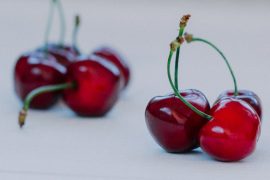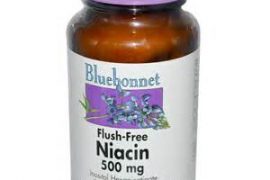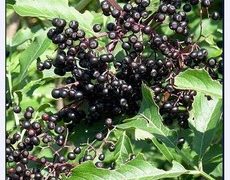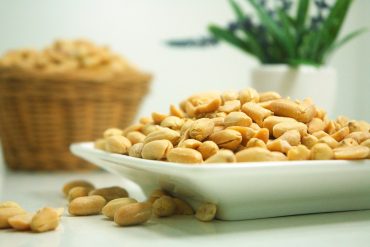We all love peanut butter, but may not be sure about how healthy it really is. This article will look into the process of how peanut butter is made and what ingredients are commonly used in commercially made peanut butters.
What’s in peanut butter?
Peanut butter is a versatile food that can be used in cookie recipes, smoothies, spread on fruit or celery, used in sauces and is great as a snack. According to peanutbutterlovers.com more than 90 percent of American homes have a jar of peanut butter in their pantry.
So, is peanut butter good for you? Like most things it depends on the quality of the product and how often you consume it. But how do you tell the difference between the good, the bad and the ugly? It’s simple, take a look at the label.
Let’s start by taking a look at the labels of 4 common peanut butter labels:
| Jif Creamy | Skippy Smooth | Kraft Creamy | Marantha Organic |
| Ingredients: | Ingredients: | Ingredients: | Ingredients: |
| Roasted Peanuts and Sugar, Contains 2% or Less of Molasses, Fully Hydrogenated Vegetable Oils (Rapeseed and Soybean) Mono and Diglycerides, Salt. | Roasted Peanuts, Sugar, Hydrogenated vegetable Oil (Cottonseed, Soybean and Rapeseed Oil) to prevent separation, salt | Roasted Peanuts, Soybean Oil, Corn Maltodextrin, Sugar, Hydrogenated Vegetable Oil (Cotton Seed And Rapeseed Oil), Salt, Mono- And Diglycerides | 100% organic dry roasted peanuts, sea salt. |

So what exactly are these ingredients?
Fully hydrogenated vegetable oil – Fully hydrogenated oils are heated and mixed with hydrogen gas in order to convert them from liquids to solids for use in food products. Fully hydrogenated oils don’t contain trans fats.
Hydrogenated oil– According to Berkley Wellness “If the label just says “hydrogenated” oil, you don’t know if it’s fully or partially hydrogenated.” Partially hydrogenated oil contain trans fats. Eating trans-fat raises the level of LDL (“bad”) cholesterol in the blood. Elevated LDL cholesterol levels in the blood increases your risk of developing heart disease, the leading cause of death in men and women in the U.S.
Cottonseed oil– This oil is high in saturated fats and low in unsaturated fats. According to Dr. Andrew Weil, cotton is not considered a food crop, therefore farmers can use many agrichemicals when growing this crop. Cottonseed oil is also more likely to have levels of pesticide residue.
Rapeseed oil- Wild rapeseed oil contains high amounts of erucic acid, which can cause numerous health problems. Canadian growers bred a new variety of rapeseed in the 1970s with a lower content of erucic acid, it was renamed canola.
Soybean oil-More than 90% soy grown in the US is genetically engineered, the crops are also sprayed with Roundup, an herbicide that has been found to proliferate cancer cells, even in parts per trillion. Hexane a chemical solvent, is also used to extract the oil from the soybean.
Mono and diglycerides-Are classified as emulsifiers. They are also trans fats. Mono and diglycerides are food additives that are used to combine ingredients that don’t mix well, like fats and water. In 2006, the FDA began requiring food manufacturers to list a food’s trans-fat content on the label. This law applies to lipids, like triglycerides, but not to emulsifiers like mono- and diglycerides. Even though mono- and diglycerides contain trans-fatty acids, they aren’t under these labeling requirements. This means a food may be labeled as having “0% trans-fat” yet still contain trans-fatty acids from mono- and diglycerides.
Corn maltodextrin-Maltodextrin is used as a filler, preservative and thickener in processed foods. Although it’s derived from food, in this case corn, it is highly processed. The process it goes through is called partial hydrolysis. This process uses acid, enzymes and water to break the starch down and create a water soluble powder. Maltodextrin is also linked to spikes in blood sugar, suppressing probiotic growth and allergic reactions such as rashes, cramps and bloating. Currently up to 92% of corn in the U.S. is genetically modified.
Sugar-If you eat any processed foods you are likely consuming higher amounts of sugar than you may realize. This article by Nancy Appleton highlights 143 reasons sugar is bad for your health, each backed with references.
What are your options from worst to best?
Worst = Kraft, JIF, Skippy peanut butter. Why? They contain the most unnecessary additives and artificial ingredients.
Better = “Natural” peanut butter options with roasted peanuts and salt.
Best = 100% organic peanut butter, or homemade.
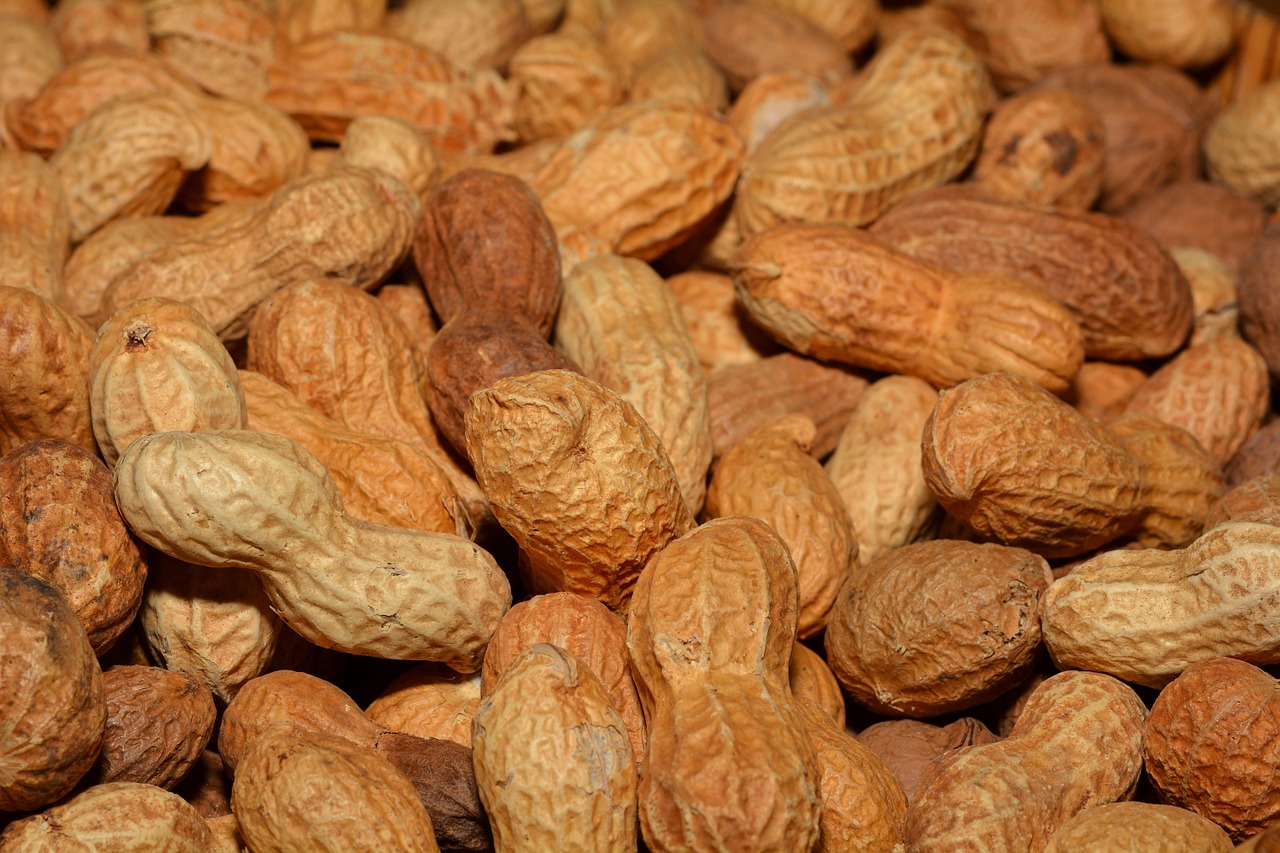
The problem with peanuts
Peanuts are naturally high in omega-6 fats and lower in omega 3 fats. Consuming too many omega 6 fats can lead to type 2 diabetes, asthma, obesity metabolic syndrome and more. While omega-3 fats help to reduce inflammation. Peanuts can often contain the mold aflatoxin.
What is aflatoxin?
Aflatoxin is considered a human carcinogen. This toxic compound is produced by Aspergillus molds. There are at least 13 different types of aflatoxin molds that researchers have identified. This mold infects crops such as corn, peanuts, rice and wheat.
Aflatoxin grows in soils, when conditions provide the perfect mix of decaying plants, hay or grains that are in an area with high temperatures and high moisture. While this mold can occur prior to harvest, they can also occur during storage if the crop is too moist. Since peanuts are grown in the soil, this creates the potential for mold.
Love peanut butter, but want to avoid the mold?
Always buy organic to avoid GMOS, pesticides and herbicides. Secondly, look for Valencia or jungle peanuts, which grown on bushes.
4 Recipes for nut butter
You can purchase fresh ground nut butter at many health food stores. If you want to try your hand at making nut butter, here are a few recipes to get you started.
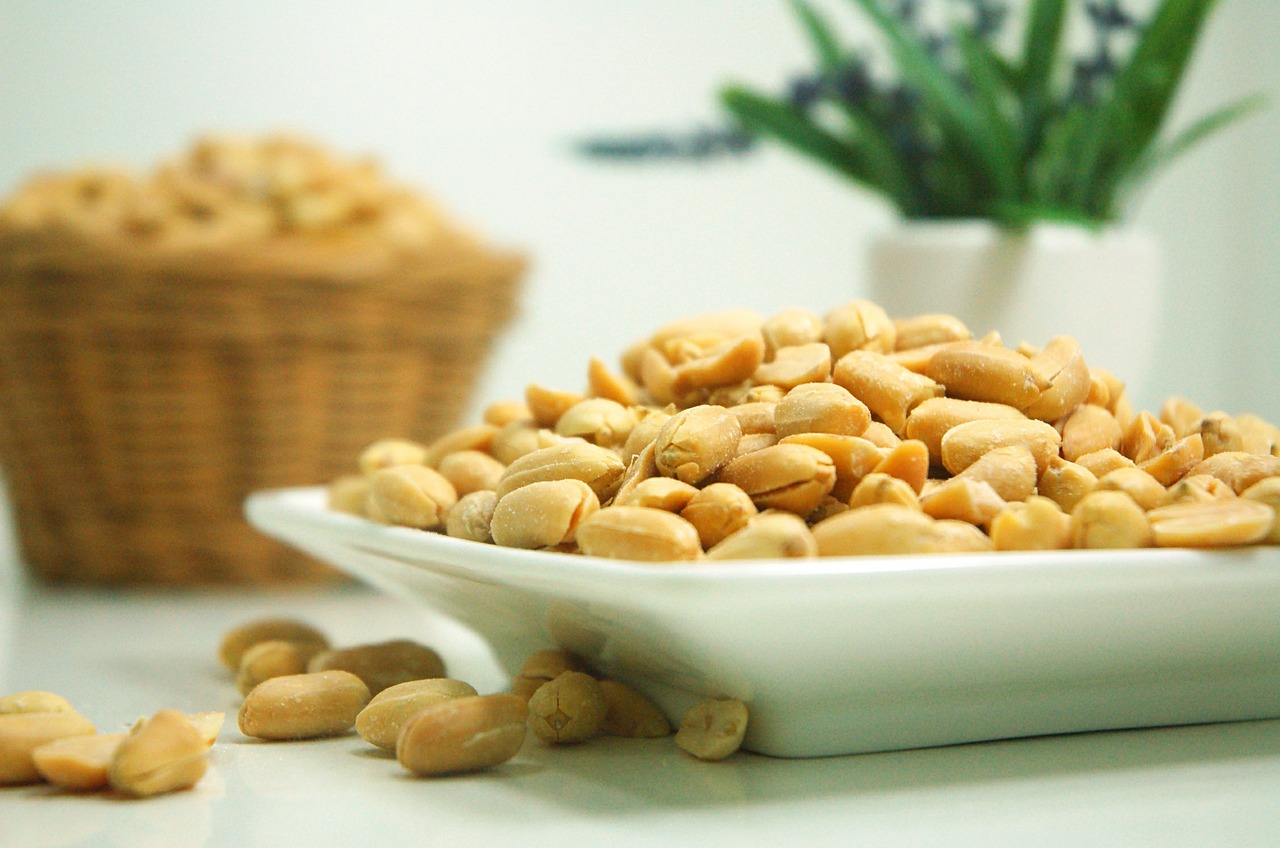
Peanut Butter
2 C. Peanuts
½ tsp. Salt (optional)
1-2 Tbsp. Coconut Oil
1-2 T. honey (optional)
Place nuts and salt in high speed blender.
Blend nuts until they have a flour like consistency.
Add coconut oil and honey. Blend till smooth and creamy, using tamper if needed.
Place in air tight jar, label and refrigerate.
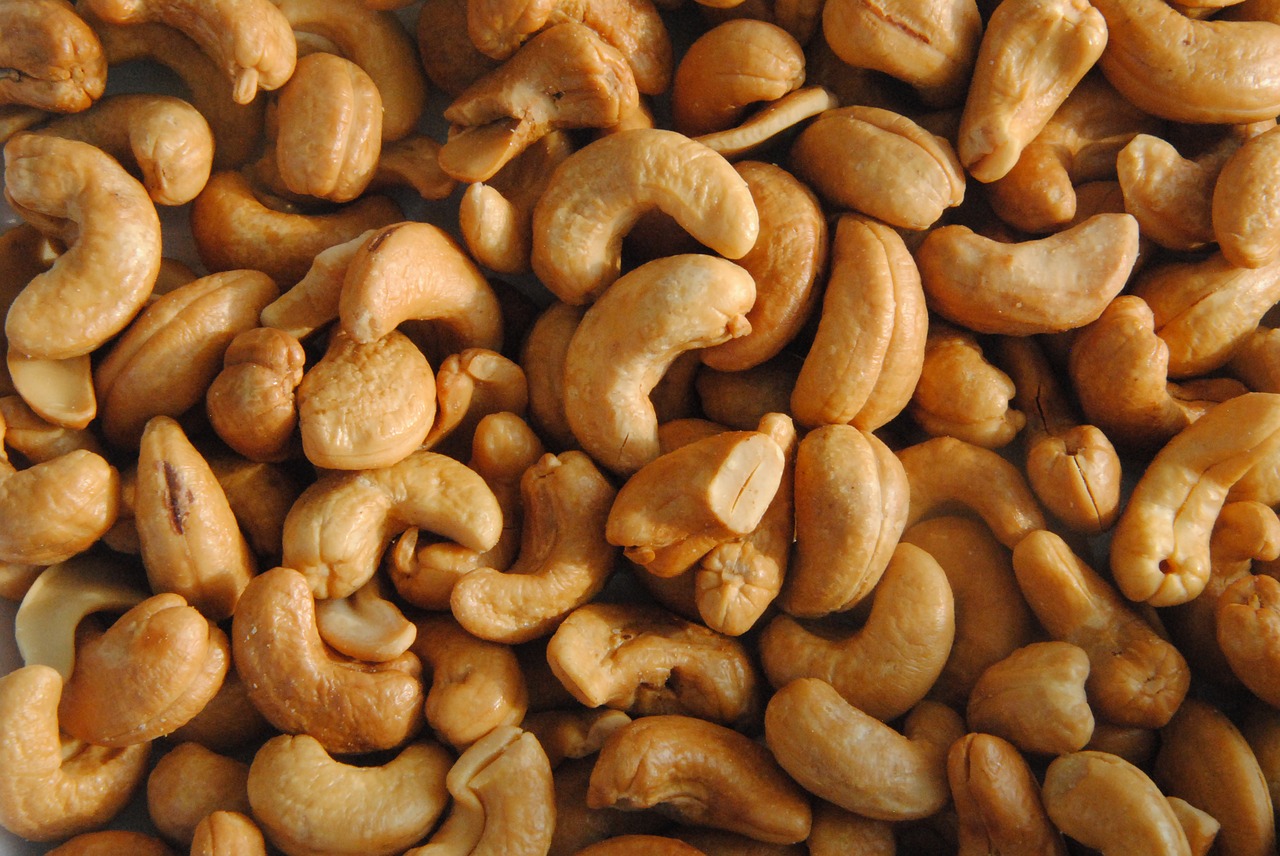
Coconut Cashew Butter
2 C. Cashews
2 Tbsp. Coconut Oil
Place nuts in high speed blender.
Blend nuts until they have a flour like consistency.
Add coconut oil. Blend till smooth and creamy, using tamper if needed.
Place in air tight jar, label and refrigerate.
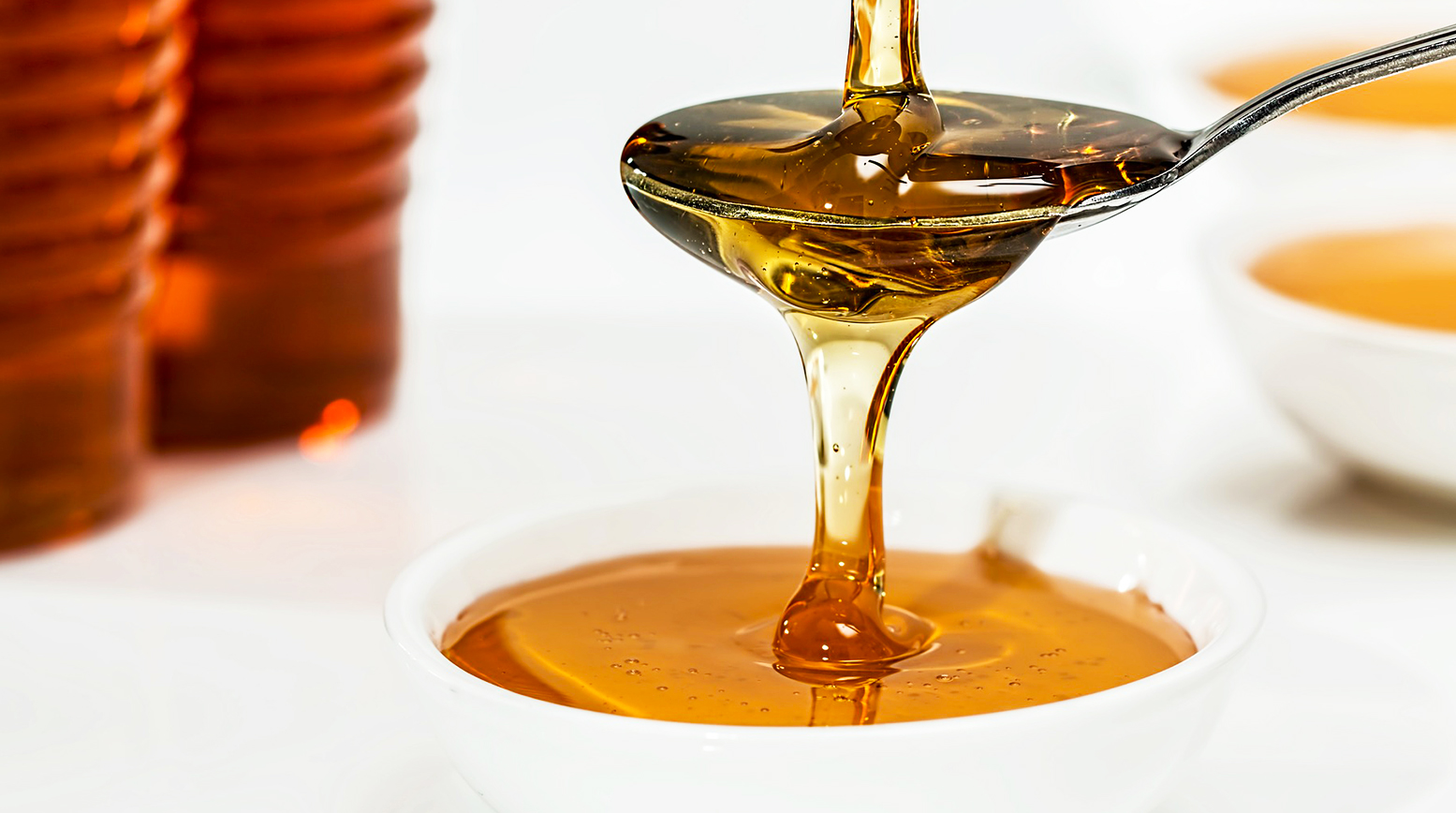
Honey Almond Butter
1-1/2 C. Almonds
2 T. Honey
1 T. Coconut oil
Place nuts in high speed blender.
Blend nuts until they have a flour like consistency.
Add honey and coconut oil. Blend till smooth and creamy, using tamper if needed.
Place in air tight jar, label and refrigerate.
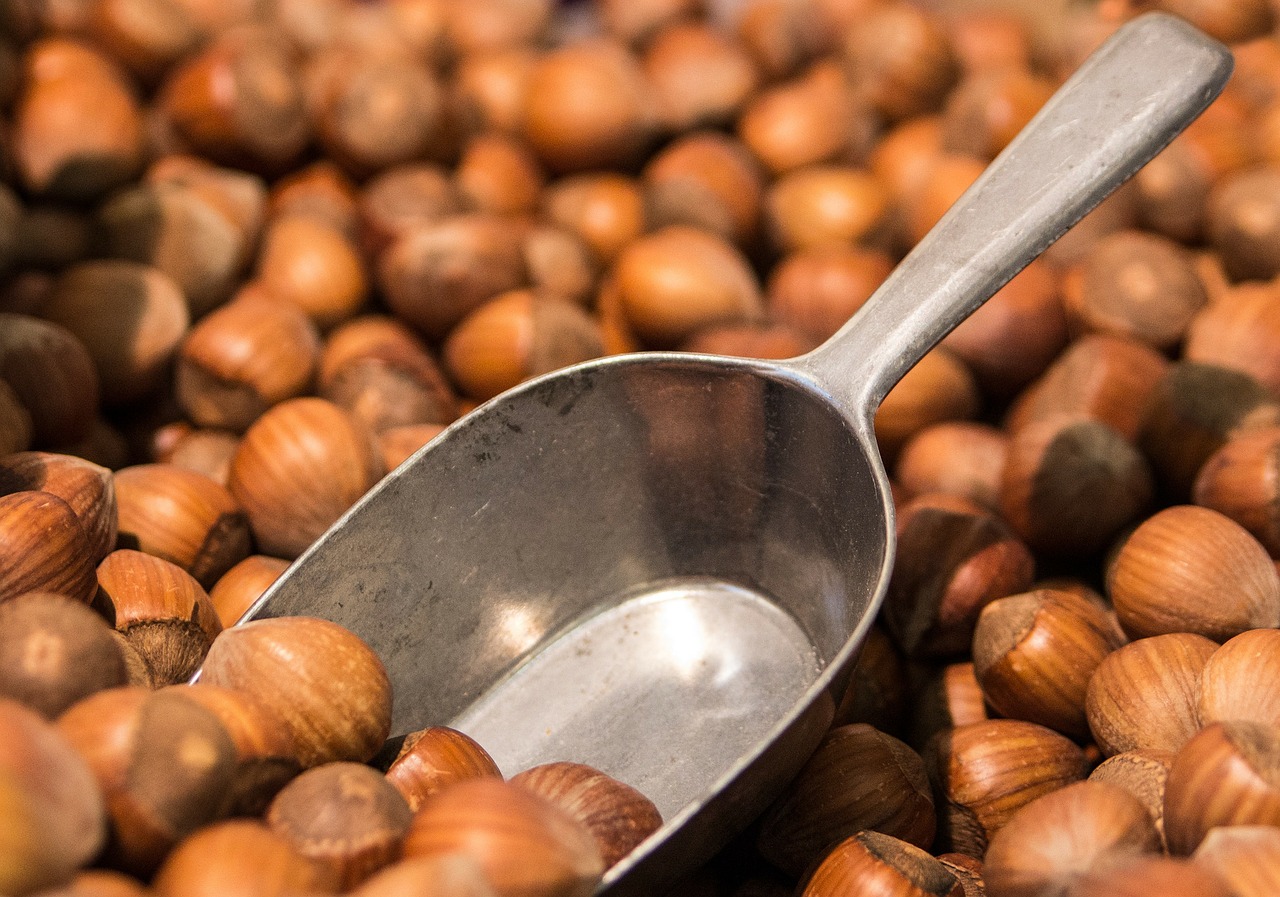
Chocolate Hazelnut Butter
2 C. Hazelnuts
¼ C. Cacao powder
¼ C. Maple syrup
1-1/2 T. Vanilla extract
¼ tsp. Salt
2 tsp. Coconut oil
Roast hazelnuts for 8 minutes in 400 degree oven. Remove from oven and allow to cool slightly. Rub nuts in dishtowel to remove the outer paper skins.
Place nuts in high speed blender.
Blend nuts until they have a flour like consistency.
Add remaining ingredients and blend till smooth and creamy, using tamper if needed.
Place in air tight jar, label and refrigerate.
References
This article was originally posted at The Hearty Soul.

